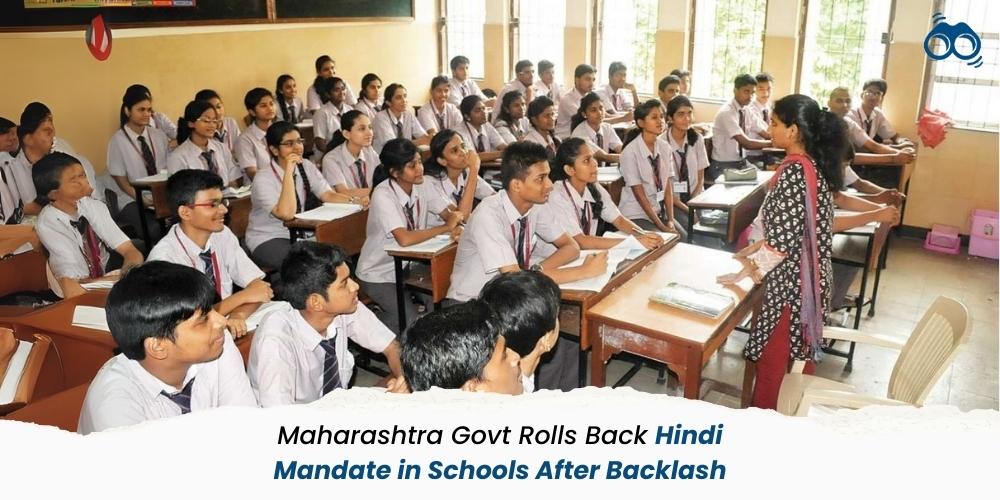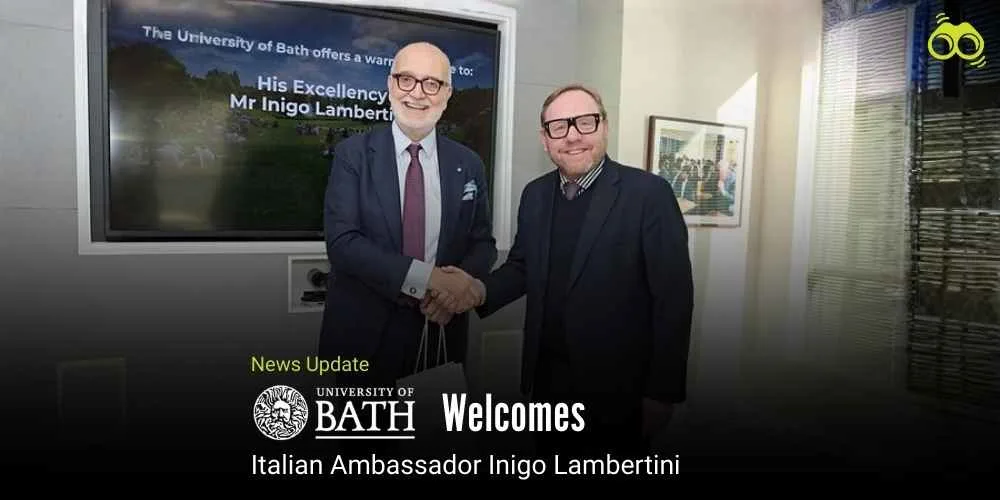Maharashtra Responds to Public Opposition, Removes Compulsory Hindi Mandate
NEP 2020 Principles Uphold Flexibility in Language Choices for Maharashtra Schools
Hindi, spoken by over 600 million people worldwide, is one of the most prominent languages in India and holds official status in the nation. Its inclusion in education fosters national unity, enhances inter-state communication, and connects students to India's rich literary and cultural heritage. Furthermore, Hindi equips learners with the skills to navigate socio-economic opportunities within India and strengthens their global relevance in an interconnected world.
The Maharashtra government recently revised its decision to make Hindi a compulsory third language for Classes 1 to 5 in Marathi- and English-medium schools. This move underscores the importance of balancing educational policies with public sentiment and cultural diversity. The three-language policy, a cornerstone of India’s education system, plays a crucial role in fostering linguistic inclusivity and equipping students with multilingual skills essential for personal and professional growth. By promoting proficiency in regional, national, and international languages, the policy aims to strengthen communication, cultural understanding, and unity in a linguistically diverse nation.
However, the government’s initial mandate faced strong opposition, reflecting concerns over the imposition of a single language and the need for flexibility in language choices. In response, the revised decision now allows schools to offer students the freedom to select their third language, provided there is sufficient demand for alternatives. School Education Minister Dadaji Bhuse announced that a Government Resolution (GR) would be issued to officially remove the clause making Hindi mandatory. He further explained that new rules would be developed after evaluating each school’s infrastructure, student population, and available teaching staff.
Referring to the National Education Policy (NEP) 2020, Mr. Bhuse clarified that the policy does not mandate any specific language but encourages multilingualism, ensuring no language is imposed on any region. He emphasised that the three-language formula would continue in line with constitutional values, aiming to promote linguistic diversity and national unity while offering greater flexibility in implementation. He also noted that students could choose any three languages, as long as two were Indian languages, adding that Hindi was included alongside English due to its widespread use across India.
The announcement followed a week after the education department initially proposed making Hindi compulsory as the third language in state schools. Previously, only Marathi and English were required subjects up to Class 4. The decision faced criticism from opposition parties and language experts. Laxmikant Deshmukh, chair of the State’s Language Consultation Committee, raised concerns about the cultural impact and called for a review. Meanwhile, Raj Thackeray, leader of the Maharashtra Navnirman Sena (MNS), claimed credit for the government’s reversal, asserting that his party’s pressure led to the change. The revised decision reflects a balanced approach that respects linguistic diversity while maintaining the core objectives of the three-language policy.
Editor's Note
The Maharashtra government’s decision to drop the plan of making Hindi a compulsory third language is a welcome move that respects public opinion and cultural diversity. While Hindi is an important and widely spoken language in India, it should not be promoted by forcing it on students. The three-language policy is meant to give students a balanced education by teaching them regional, national, and international languages. By removing the rule that made Hindi mandatory, the government has supported the idea of giving students the freedom to choose. This helps communities feel included and respected, rather than pressured by education rules. This incident is a reminder that national policies like NEP 2020 need to be applied carefully. While the policy supports learning multiple languages and allows flexibility, decisions made without fully understanding local needs can upset communities. It’s important to find the right balance—supporting the use of Hindi while also respecting regional languages—to keep India’s rich cultural and language diversity strong.
Skoobuzz believes that the government’s revised decision is a positive step. It shows that education should respect diversity, not force everyone to follow the same path. Moving forward, leaders must keep talking with schools, parents, and communities to make sure the three-language policy helps bring people together, not divide them.














0 Comments (Please Login To Continue)